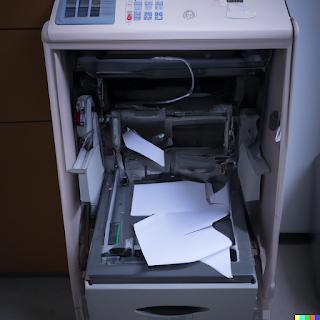Kali Linux Files and Folders Permissions
In the world of ethical hacking and penetration testing, understanding how to secure or alter file and folder permissions is a must-know skill. This video tutorial dives deep into the power and flexibility of the chmod command in Kali Linux. 🎥 What's Inside: 📖 Understand what file and folder permissions mean in a Linux environment. 🛠️ Master the chmod command, its syntax, and its variations. 🤔 Discover real-world scenarios where chmod is your go-to command. 🕵️♀️ Learn how to assess and modify permissions to strengthen your cybersecurity measures. 🎯 Who Should Watch? This tutorial is geared towards both newcomers in the field of ethical hacking and seasoned penetration testers who wish to solidify their understanding of Linux permissions. 📘 Additional Resources Keep an eye out for downloadable resources and cheat sheets that will help you practice what you've learned. 👍 Don't forget to hit the 'Like'


